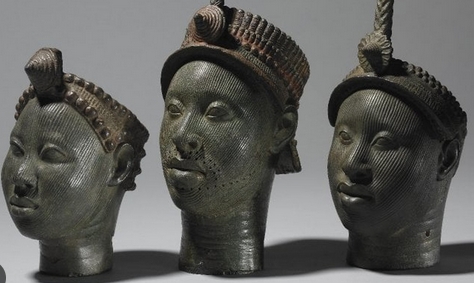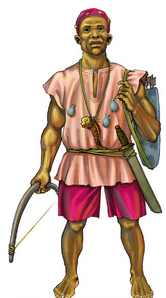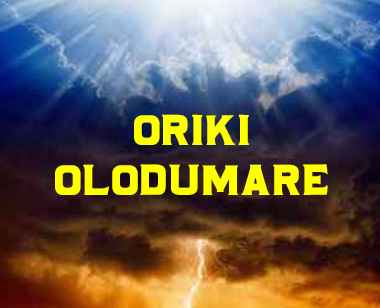
support@yorubalibrary.com
+2348073529208, 07038599574

Yoruba sculpture is renowned for its intricacy, symbolism, and cultural significance. The art of sculpture in Yoruba culture spans centuries, reflecting the beliefs, values, and daily life of the Yoruba people. This article looks into the materials and techniques employed by Yoruba sculptors, offering insights into their artistry and craftsmanship.
Materials Used in Yoruba Sculpture
Yoruba sculptors utilize a variety of materials, each chosen for its availability, durability, and symbolic meaning. The primary materials include wood, bronze, terracotta, and ivory.
Wood
Wood is the most common material in Yoruba sculpture. Various types of wood, such as Iroko, Obeche, and Mahogany, are selected based on their workability and resistance to termites. Wood is often used for masks, figurines, and ceremonial objects. The choice of wood can also convey specific meanings; for example, Iroko wood is considered sacred and is often used in religious sculptures.
Bronze
Bronze casting is a significant technique in Yoruba art, particularly in the ancient city of Ife. The lost-wax casting method is employed to create detailed and lifelike representations. Bronze sculptures typically depict royalty, deities, and notable figures, showcasing the technical prowess and artistic sophistication of Yoruba artisans.
Terracotta
Terracotta, or baked clay, is another essential material in Yoruba sculpture. This medium is often used to create ancestral figures and ritual vessels. Terracotta sculptures are known for their durability and the fine details that can be achieved through meticulous carving and modeling.
Ivory
Ivory, derived from elephant tusks, is prized for its smooth texture and ability to be finely carved. It is used to create intricate jewelry, ceremonial staffs, and other high-status objects. Ivory carving requires great skill and precision, making it a material associated with prestige and power.
Techniques in Yoruba Sculpture
The techniques employed in Yoruba sculpture are diverse and reflect a deep understanding of materials and tools. Key techniques include carving, casting, and modeling.
Carving
Carving is the primary technique used in wood and ivory sculpture. Yoruba carvers, known as "Agbegilere," employ various tools such as adzes, chisels, and knives to shape and detail their works. The process begins with sketching the design on the material, followed by rough shaping and detailed carving. Polishing and finishing techniques enhance the sculpture's appearance and longevity.
Casting
Bronze casting in Yoruba culture is a sophisticated process that involves several stages. The lost-wax casting method starts with creating a wax model of the sculpture. This model is then encased in a clay mold, which is heated to melt and drain the wax, leaving a cavity. Molten bronze is poured into the cavity, and once cooled, the clay mold is broken to reveal the bronze sculpture. The final piece is then polished and sometimes engraved for added detail.
Modeling
Modeling is primarily used in terracotta sculpture. Yoruba sculptors shape the clay by hand, adding and subtracting material to achieve the desired form. The sculptures are often built around a core, and details are added using tools or by hand. Once modeled, the clay figures are dried and then fired in a kiln to harden them.
Surface Treatment
Surface treatment techniques are crucial in Yoruba sculpture to protect and beautify the finished pieces. Wood sculptures are often coated with palm oil, camwood powder, or other natural substances to preserve them and enhance their appearance. Bronze sculptures may be polished or treated with chemicals to create patinas that add character and depth to the piece.
Symbolism and Themes
Yoruba sculptures are rich in symbolism and often depict themes related to religion, royalty, and daily life. Common subjects include deities, ancestors, kings, and mythical creatures. Each sculpture conveys specific cultural narratives and values, serving as a medium for storytelling and spiritual expression.
Religious Significance
Many Yoruba sculptures are created for religious purposes. Figures of deities, known as "Orishas," are crafted to serve as intermediaries between humans and the spiritual realm. These sculptures are placed in shrines and used in various rituals and ceremonies.
Royalty and Power
Sculptures depicting kings and queens celebrate the authority and heritage of Yoruba royalty. These pieces often feature elaborate headdresses, regal poses, and symbols of power, reflecting the importance of leadership and governance in Yoruba society.
Daily Life and Ancestry
Sculptures also capture scenes from daily life, including agricultural activities, market scenes, and family gatherings. Ancestral figures are created to honor and remember forebears, reinforcing the connection between the past and present.
Conclusion
Yoruba sculpture is a testament to the ingenuity and cultural richness of the Yoruba people. Through the use of materials like wood, bronze, terracotta, and ivory, and techniques such as carving, casting, and modeling, Yoruba sculptors create works that are both artistically remarkable and culturally significant. These sculptures not only serve as artistic expressions but also as vital links to the Yoruba's spiritual and social identity.

Learn about the Yoruba concept of Ìwà Pẹ̀lẹ́ (good…

Learn special praises for Divine Being and Creator…